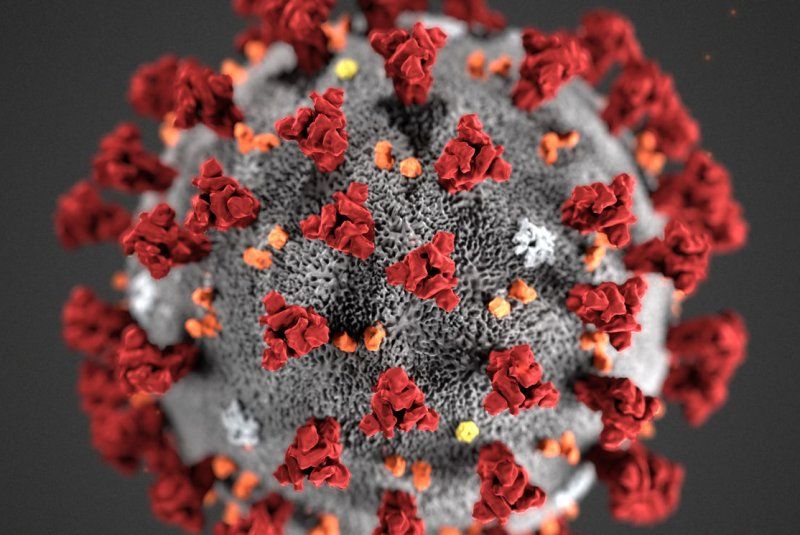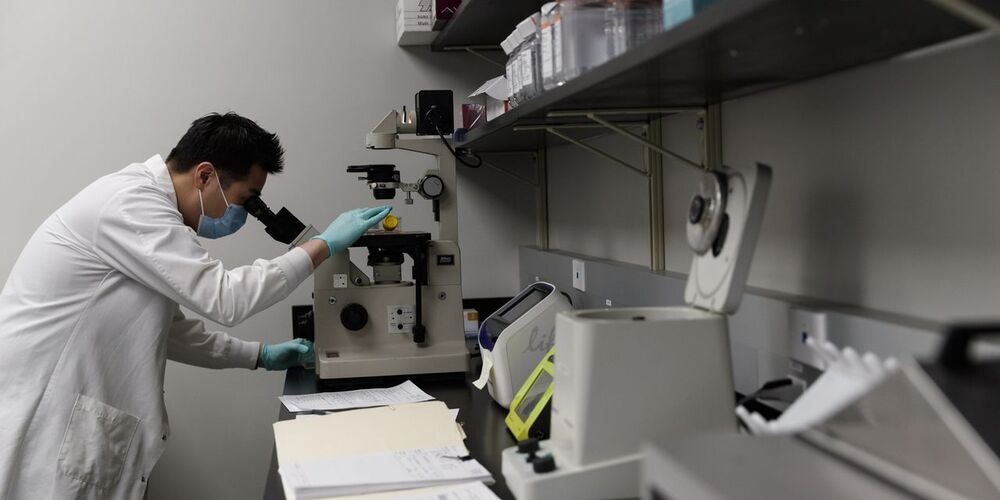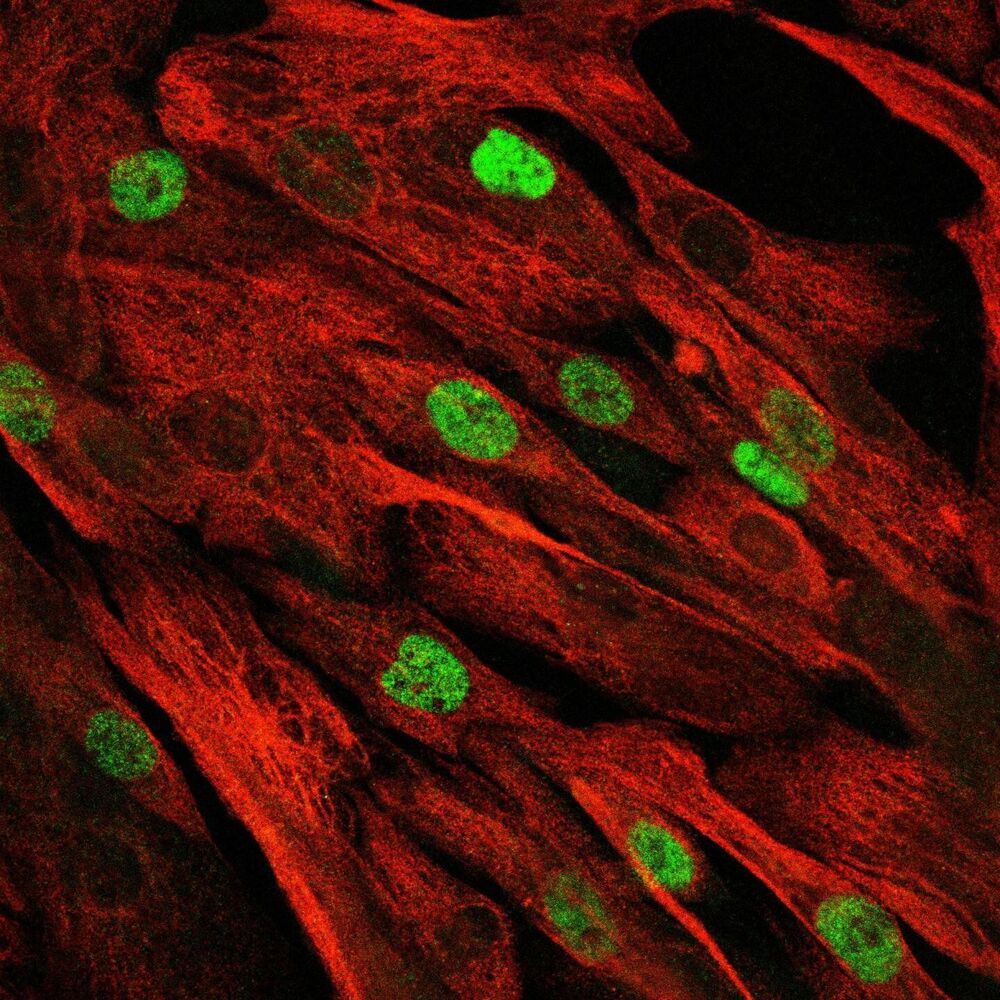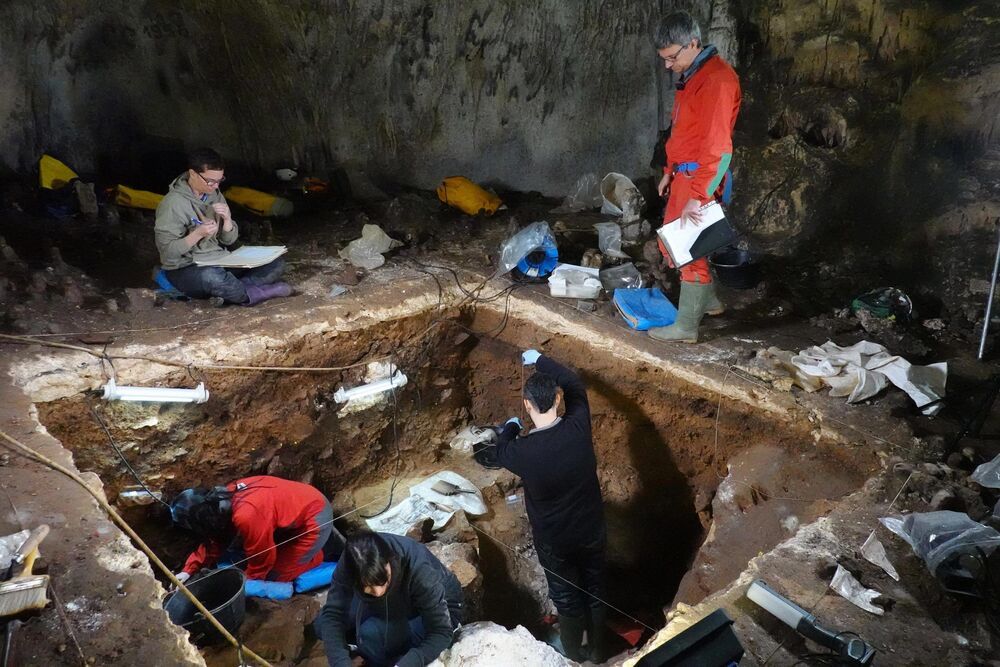The study is part of an effort by entrepreneurs and scientists, dreamers and schemers, to demonstrate aging is not inevitable.
Category: biotech/medical – Page 1,983


‘Universal’ coronavirus vaccine may protect against variants, common cold
An experimental COVID-19 vaccine could potentially provide universal protection against future COVID-19 variants as well as other coronaviruses — maybe even the ones responsible for the common cold.
And it’s dirt cheap — less than $1 a dose, researchers say.
The vaccine targets a part of the COVID-19 virus’ spike protein that appears to be highly resistant to mutation and is common across nearly all coronaviruses, said senior researcher Dr. Steven Zeichner. He is a professor of pediatric infectious disease with the University of Virginia, in Charlottesville.



Chronic Itching: The Crossroads of the Nervous and Immune Systems
“In atopic dermatitis, the itching can be horrific, and it can aggravate disease,” said co-corresponding author K. Frank Austen, MD, a senior physician in the Division of Allergy and Clinical Immunology at the Brigham.
Scientists pinpointed a key molecular player that could represent a new therapeutic target for intractable chronic itch.

A milestone in muscular dystrophy therapy
Muscle stem cells enable our muscle to build up and regenerate over a lifetime through exercise. But if certain muscle genes are mutated, the opposite occurs. In patients suffering from muscular dystrophy, the skeletal muscle already starts to weaken in childhood. Suddenly, these children are no longer able to run, play the piano or climb the stairs, and often they are dependent on a wheelchair by the age of 15. Currently, no therapy for this condition exists.
“Now, we are able to access these patients’ gene mutations using CRISPR-Cas9 technology,” explains Professor Simone Spuler, head of the Myology Lab at the Experimental and Clinical Research Center (ECRC), a joint institution of the Max Delbrück Center for Molecular Medicine in the Helmholtz Association and Charité — Universitätsmedizin Berlin. “We care for more than 2000 patients at the Charité outpatient clinic for muscle disorders, and quickly recognized the potential of the new technology.” The researchers immediately started working with some of the affected families, and have now presented their results in the journal JCI Insight. In the families studied, the parents were healthy and had no idea they possessed a mutated gene. The children all inherited a copy of the disease mutation from both parents.

Nuclear DNA From Cave Sediments Helps Unlock Ancient Human History
For the first time, scientists have succeeded in extracting and analyzing Neandertal chromosomal DNA preserved in cave sediments.
The field of ancient DNA has revealed important aspects of our evolutionary past, including our relationships with our distant cousins, Denisovans, and Neandertals. These studies have relied on DNA from bones and teeth, which store DNA and protect it from the environment. But such skeletal remains are exceedingly rare, leaving large parts of human history inaccessible to genetic analysis.
To fill these gaps, researchers at the Max Planck Institute for Evolutionary Anthropology developed new methods for enriching and analyzing human nuclear DNA from sediments, which are abundant at almost every archaeological site. Until now, only mitochondrial DNA has been recovered from archaeological sediments, but this is of limited value for studying population relationships. The advent of nuclear DNA analyses of sediments provides new opportunities to investigate the deep human past.

Too Much Salt Suppresses Phagocytes
Summary: Too much salt can disrupt the energy balance of immune cells and prevent them from functioning correctly.
Source: MDC
For many of us, adding salt to a meal is a perfectly normal thing to do. We don’t really think about it. But actually, we should. As well as raising our blood pressure, too much salt can severely disrupt the energy balance in immune cells and stop them from working properly.

New Directed Energy Device for Biomedical and Military Defense Applications
An invention from Purdue University innovators may provide a new option to use directed energy for biomedical and defense applications.
The Purdue invention uses composite-based nonlinear transmission lines (NLTLs) for a complete high-power microwave system, eliminating the need for multiple auxiliary systems. The interest in NLTLs has increased in the past few decades because they offer an effective solid-state alternative to conventional vacuum-based, high-power microwave generators that require large and expensive external systems, such as cryogenic electromagnets and high-voltage nanosecond pulse generators.
NLTLs have proven effective for applications in the defense and biomedical fields. They create directed high-power microwaves that can be used to disrupt or destroy adversary electronic equipment at a distance. The same technology also can be used for biomedical devices for sterilization and noninvasive medical treatments.